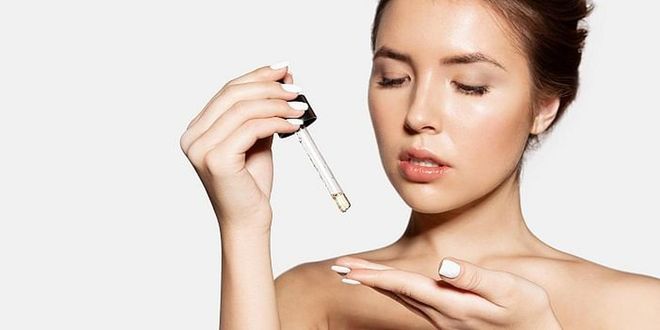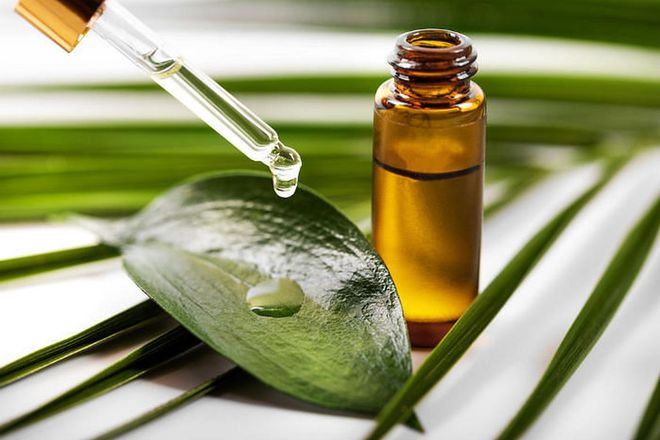

Photo: Getty
Tea Tree Oil
Benzoyl peroxide, salicylic acid, tea tree oil — ingredients that anyone plagued with breakouts will be familiar with because, well, these are the most commonly used ingredients in skincare products formulated to help fight acne. Amongst them, tea tree oil is probably the most easily available, affordable, and has also been used for centuries to treat minor wounds. And if you take a look around, you’ll find that many skincare products count tea tree oil as an ingredient thanks to its multiple benefits which are especially helpful to those with oily and blemish-prone skin. Here, everything you need to know about tea tree oil and the most efficacious products which contain tea tree to help treat acne:
Where Is It From?
Tea tree oil is extracted from the leaves of Melaleuca alternifolia, a tree that’s native in parts of Australia, including Queensland and New South Wales.

Photo: Shutterstock
Tea-Tree-Oil-Guide
Related article: 6 Japanese Skincare Ingredients You Need To Know About
What Are Its Benefits?
Often found in products that combat breakouts, tea tree oil is known for its purifying and anti-bacterial properties. Plus, it also helps reduce inflammation and speeds up the process of healing, which explains why it’s been used by the Aborigines for years. Traditionally, tea tree oil is inhaled to help treat coughs or respiratory issues. Alternatively, it is applied directly onto small cuts and wounds as it helps kill bacteria, prevent infection and accelerate healing.
These benefits can be traced back to the presence of terpinen-4-ol, a compound which kills bacteria, viruses and fungal infection. Moreover, it also stimulates your body’s immune system, helping it fight infection.
How Should I Use It?
Thanks to its anti-bacterial properties, tea tree oil is easily found in skincare products that are targeted at treating acne. Be it cleansing foams, serums or spot treatments, tea tree oil can be diluted and formulated into products to reduce redness, eliminate bacteria and help heal zits. Alternatively, you can use it directly on angry pustules to take down that swelling. All you have to do is make sure you don’t apply anything stronger than a 5 percent concentration or you might risk irritating your skin.
Related article: The One Beauty Ingredient You Never Knew You Needed For Your Face
Can Tea Tree Oil Be Used With Other Ingredients?
Just like any other beneficial skincare ingredients, tea tree oil works best when combined with certain ingredients for an all-rounded action on the skin. For example, tea tree oil is often used with salicylic acid, witch hazel and niacinamide, thanks for their pore-purging, pore-tightening and skin-soothing properties respectively.
What Ingredients Should I Avoid While Using Tea Tree Oil?
You should always practice caution when using a new product or ingredient for the first time. Likewise, if you’re just popping your tea tree oil cherry, it’s best to stick to products with ingredients that are soothing rather than others that have the potential of causing irritation. To play it safe, avoid ingredients like retinol or even other anti-acne ingredients like benzoyl peroxide.
Related article: The Key Beauty Benefits Of Rosehip Oil
Here, the best products to help keep blemishes in check that contain tea tree oil: